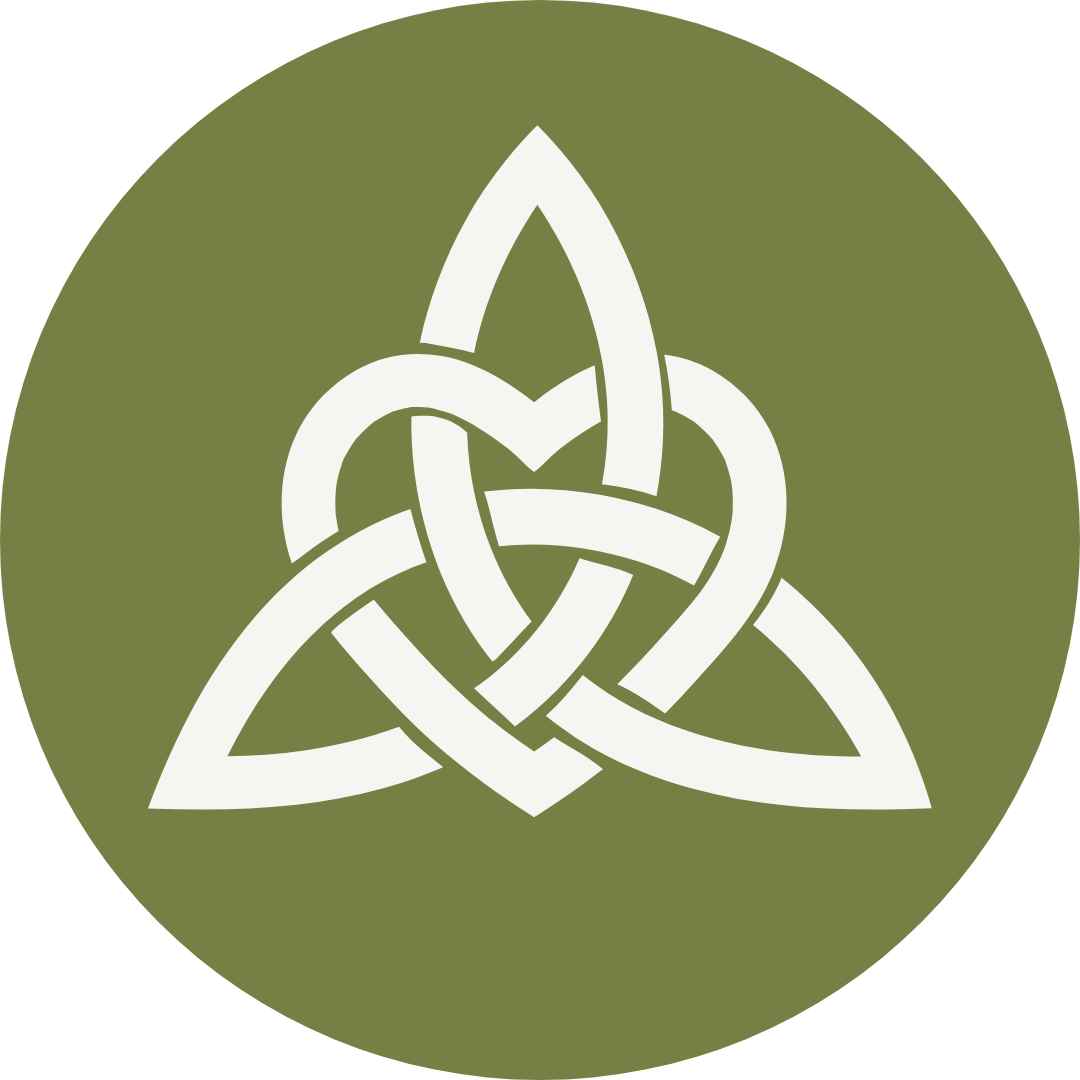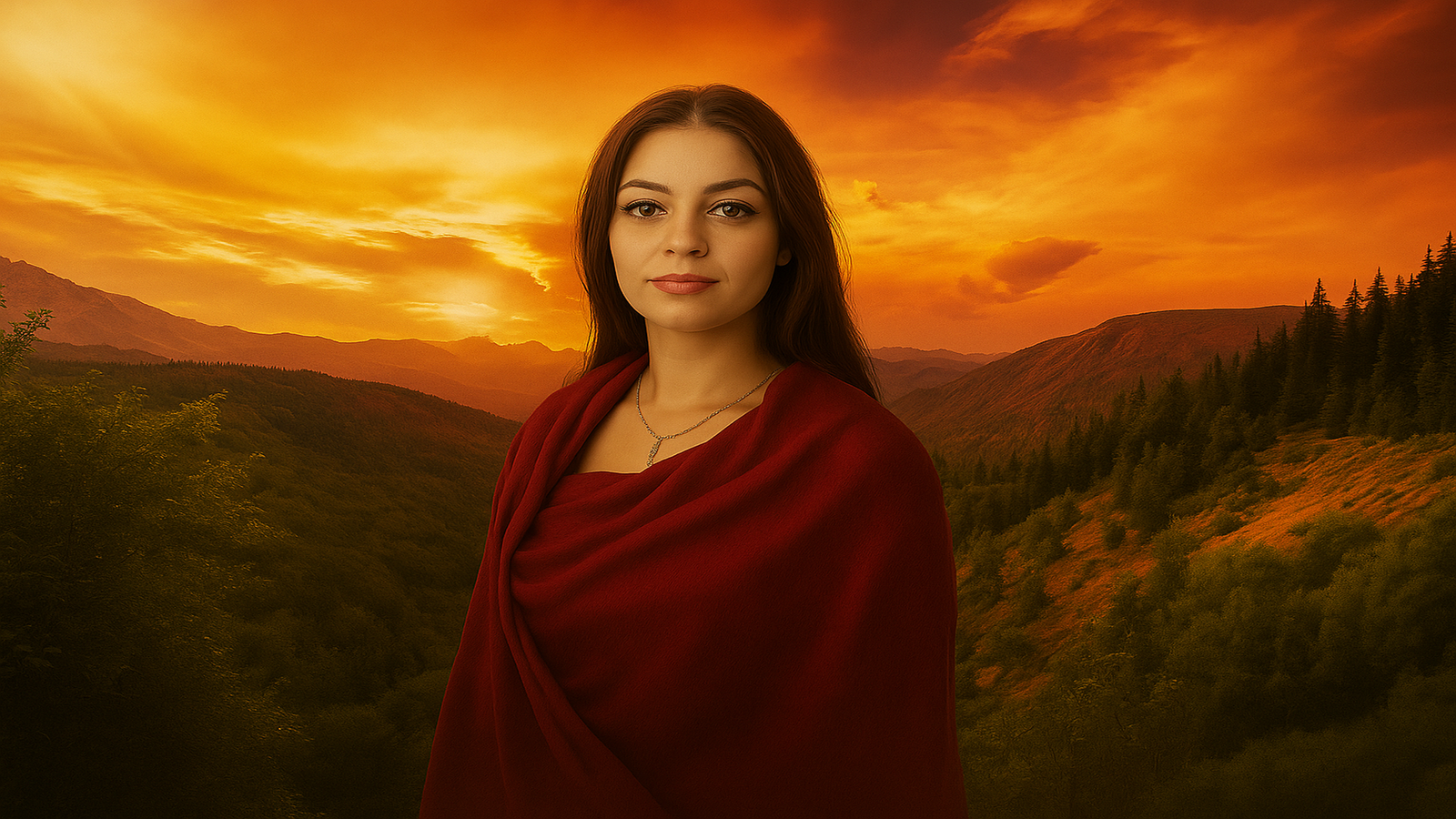When the Veil Grows Thin: What is Samhain?
As the leaves turn copper and gold, and darkness arrives earlier each day, we’re sensing the same seasonal shift that captivated Celtic communities for millennia. But autumn for the ancient Celts wasn’t just about harvest and preparation—it was about crossing spiritual thresholds.
The Fire Festival at the Year’s Edge
Samhain (pronounced “SOW-win”) marked the Celtic New Year, typically celebrated from sunset on October 31st through November 1st. It was considered a time when the boundary between our world and the Otherworld grew thin, allowing spirits, ancestors, and fairy folk to slip through.
Families extinguished their hearth fires and gathered for communal bonfires lit by druids. From these central fires, people would carry embers home to relight their hearths—a ritual of renewal and protection for the dark months ahead.
The ancient Celts would leave food offerings outside doorways for friends and ancestors, allowing the same courtesy you’d extend to any honored guest. Whether you were welcoming back your grandfather’s spirit or a fairy passing through, proper hospitality mattered.
Pastimes and Practices
Both pagan and Christian Celtic communities used this season for divination and games. Apple bobbing, which we think of as innocent Halloween fun, originated as a divination ritual—the first to catch an apple might be the first to marry. , Communities gathered for all-night storytelling sessions. In pagan times, they told tales of the Tuatha Dé Danann (the mythical gods of Ireland) and the Fianna (legendary warrior bands). Later, Christian storytellers added saints to the repertoire—though these holy figures often performed miracles that bore a striking resemblance to the old magic.
Bards and the Power of Sound
Music threaded through every aspect of Samhain celebrations. Bards and musicians held positions of genuine power in Celtic society, and their role was highlighted during this festival. They performed genealogies connecting the living to their ancestors, recited tales of heroes who had crossed into the Otherworld, and led communal songs that both celebrated the harvest and prepared the community for winter’s hardships.
The harp, early versions of the fiddle (like the bowed psaltery- sample song, and various pipes provided melodies, while bodhráns and other various Celtic drums inspired festive dance steps.
When Christianity Met the Celtic Calendar
Here’s where the story gets interesting. When Christianity arrived in Celtic lands—especially through figures like St. Patrick in the 5th century—the church faced a practical problem. The Celts had celebrated these traditions for countless generations and weren’t going to give them up easily. Rather than fight against Samhain, early Celtic Christianity simply absorbed it.
The church established All Saints’ Day (All Hallows’ Day) on November 1st and All Souls’ Day on November 2nd. Suddenly, that ancient practice of honoring the dead and acknowledging the thin veil had a Christian framework. The bonfires? They continued, now blessed by priests. The feasting? It transformed into the tradition where people went door-to-door receiving soul cakes in exchange for prayers for the dead. Sound familiar?
Irish monks composed hymns that re-vamped the melodic patterns of bardic tradition. St. Brigid’s Day absorbed the pagan festival of Imbolc. The Celtic cross merged Christian symbolism with solar imagery.
This wasn’t a hostile takeover but a gradual, complex conversation between belief systems that lasted centuries. Celtic Christians maintained an almost pagan reverence for holy wells, ancient trees, and quiet hermitages.
Pastimes and Practices
Both pagan and Christian Celtic communities used this season for divination and games. Apple bobbing, which we think of as innocent Halloween fun, originated as a divination ritual—the first to catch an apple might be the first to marry.
Music and dance were central to these gatherings under both traditions. The lyrics shifted from honoring the sidhe to praising saints, but the communal function remained: these songs and dances bound people together, marked time’s passage, and created meaning from the season’s darkness.
The Thread Unbroken
When you light a jack-o’-lantern, you’re echoing those sacred bonfires and the turnip lanterns Celts carved to light their way (and ward off spirits) during Samhain. When you dress in costume, you’re following an ancient tradition of wearing disguises to confuse spirits or honor them through imitation. When you tell ghost stories, you’re enjoying a tradition thousands of years old.
The music survived too. Those modal melodies in Celtic traditional music—particularly in Irish, Scottish, and Breton traditions—carry echoes of ancient modes that predate major and minor scales.
So, as autumn darkness gathers and we move toward our own Halloween celebrations, we’re walking in the footsteps impressed by druids and saints, by bards and monks, by communities who understood that darkness and death were not endings but transformations, worthy of both reverence and celebration.
“I hear the whispers of those who came before, their voices carried on autumn’s generous wind, and I am grateful.” – Walt Whitman
🍂What autumn traditions do you observe, and do you hear echoes of older practices in them?


